August 26, 2008
We’ve all seen them – the never-ending television ads and radio commercials with the catchy jingle for free credit reports and scores.
Nowadays a number of similar companies are offering free credit reports and scores. With all of these ads for freebies, it’s no wonder that so many consumers believe that all credit scores are created equally.
First, a little history on credit scores:
A company called the Fair Isaac Corporation created the first credit score. It was made available to lenders in the very late 80s and soon thereafter began to pick up momentum and popularity in the lending world. The FICO score became the gold standard in the mortgage lending world when Fannie Mae and Freddie Mac endorsed its use for evaluating mortgage loan applications in the mid 90s.
For years the FICO score was a mystery to consumers and was only known by the lending industry. Credit scores have only recently been made available to the public in the last few years. In 2001, California passed a law that required credit scores to be made available to California residents.
This pretty much opened the floodgates for the rest of us.
It also turned into a cash cow for the bureaus. However, for two of the three, instead of selling the actual FICO score, where they had to pay royalties to the Fair Isaac Corporation – they created their own scores to sell to consumers.
That’s where the confusion started.
Now that the bureaus all sell scores targeted at the consumer market, many unknowing consumers assume that these scores are the same scores a lender would see. Unfortunately, this is just not the case and it often causes a lot of confusion for those that are looking to refinance a mortgage or trying to qualify for a new car loan.
Take Steven and Veronica Blanco for example. To get a better understanding of where they stood credit wise, they went online and paid for all six of his and his wife’s credit scores – one for each of them from each of the three major credit bureaus.
Between the two of them, their scores ranged from a high of 732 to a low of 705. Knowing that mortgage lenders typically go with the middle scores, Steven assumed that they would be fine in qualifying for a new home loan at a decent rate.
But when the couple applied for a mortgage loan through their credit union, they were shocked to find out that the credit scores their lender pulled were significantly lower, ranging from 645 to 672. After talking with their lender at length they learned that even though they had purchased their scores from one of the three major credit bureaus, the scores they purchased were not the same scores that lenders use.
So what score is the right score and where can I find it online?
Here’s the deal…the industry standard for credit scores is still the FICO score. The FICO score is the score that most lenders use when determining your eligibility and terms for a loan. While the FICO score is not the only credit score that lenders use, it is the most widely used with more than 90% of lenders using it to make their lending decisions.
The easiest and most convenient site to order your FICO credit scores is through Fair Isaac’s consumer website: www.myFICO.com.
This is the only site where consumers can order all three of their FICO credit scores from all three credit bureaus. You can also order scores from the credit bureau websites directly but you should be aware that you’re not necessarily going to get a score that lenders use.
While these scores are pretty much worthless in the lending environment, they are a constant source of revenue for the bureaus at the consumer level. Let’s take a look at what each of the three major credit bureaus offer to consumers:
Equifax
Equifax is the only bureau website that you can order your FICO score from directly – without having to search for an obscure alternate web address. The score is marketed as Score Power.
When you visit their website you’ll notice that they explain that the score that you’re purchasing is in fact a FICO score. The problem is that you’re only able to get the Equifax FICO score from this site and we all have three FICO scores – one from each of the three major credit reporting agencies.
Experian
Experian markets and sells the PLUS Score on their website. They also have a half dozen other websites marketed under different brands that also sell their Plus Score. Be very careful when watching commercials about free credit reports; that’s one of their marketing tactics.
If you’ve purchased a score from Experian or one of their consumer sites, you didn’t get your FICO score.
TransUnion
TransUnion sells the TransRisk score under their ‘TrueCredit’ brand. Their TransRisk score is also available for sale to lenders but it just isn’t commonly used.
TransUnion does sell the legitimate FICO credit score to consumers, but it’s only marketed at their TransUnion Consumer Services website at www.transunioncs.com.
As you can see, this site is almost impossible to find unless you know the exact website address. Just try Googling the consumer services division and you’ll see what I mean.
While these are only the websites of the major players, there are tons of other sites out there that offer credit reports and scores. The easiest way to be sure that you’re ordering a FICO score is to read the fine print. If it’s a FICO score, it’ll say so.
Buyer beware!
